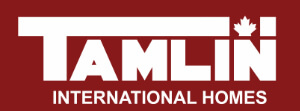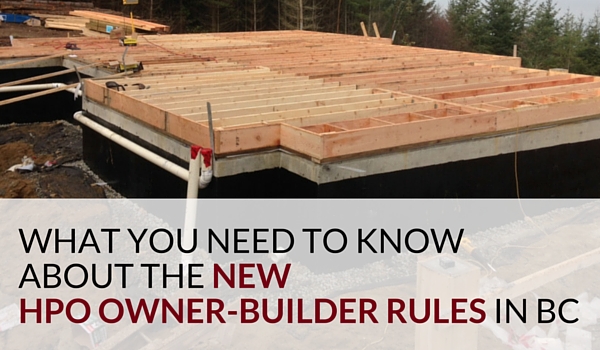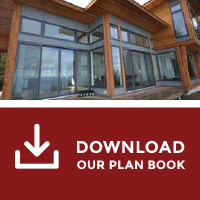The BC Energy Code has changed and many builders, home owners, and architects have questions:
On December 19th 2014, the BC Building Code introduced significant energy efficiency requirements for houses and small buildings. During 2015 many building departments and inspectors have been working through interpretations of the new energy code. There have been significant progress with builders and municipalities and their understanding and agreeing upon the new code changes.
The main changes found in the coming BC Building Code updates are:
Air Sealing: Everywhere, more or less. The less air migrating through wall and roof assemblies, the better.
Higher R Values. The REAL biggy: EFFECTIVE R VALUE vs. NOMINAL R VALUE. This is a principal that has been talked about, recognized and talked about again for many years. Effective R values are finally being required. Half empty stud bays of fibreglass insulation with virtually zero R value are hopefully a thing of the past. This was long overdue, and a welcome change. We should actually see insulation performing the way it was intended.
Improved Ventilation: This is more or less a result of the “tighter is better” mantra, and is a necessity if we expect people to live in these highly insulated, air tight spaces. Out with the old (stale moisture laden air), in with the new (fresh air) applies here.
Garages are now considered “outside spaces“: In case you wondered why your vehicle was parked outside when you have a perfectly good garage to park it in, it’s because of the building code; it has nothing to do with all the items you have stored in your garage. Really though, garages are now considered outside spaces for thermal separation purposes.
“Heating equipment must be maintained in conditioned space”: And this is a good thing. We can understand why “they” want us to locate the heating equipment inside while having our vehicles parked outside. It is no longer permissible to have a hot water heater located in the garage, for instance.
Business as usual for many is no longer going to be permitted: Installing HVAC ducting in exterior walls, utilizing a recirculating hot water system without insulating the piping, will no longer be permitted.
These new requirements will certainly reduce energy consumption in our buildings, and based on estimates that show that our built environments are responsible for consuming 40-50% of society’s total energy use, this type of incremental decrease in energy consumption is a very good thing. However, along with higher insulated buildings and tighter building envelopes, comes the need for controlled exhaust and supply air.
As a result, the new code also has significant changes in how our buildings are ventilated.
If you are uncertain, check for new code updates on the National Research Council of Canada – http://www.nrc-cnrc.gc.ca/eng/rd/construction/index.html
Before building, check your building zone as there may be new energy code issues in your area.
Call today for more detailed information!
604-553-7578 or our Toll Free: 1-877-826-5461




